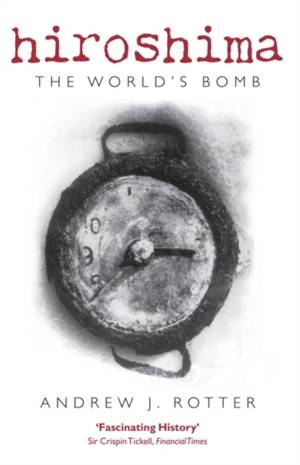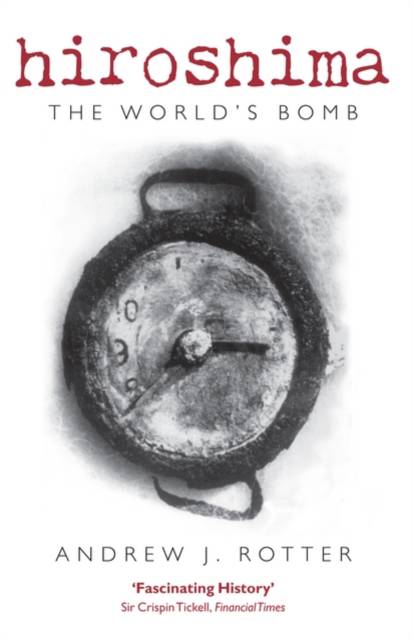
Je cadeautjes zeker op tijd in huis hebben voor de feestdagen? Kom langs in onze winkels en vind het perfecte geschenk!
- Afhalen na 1 uur in een winkel met voorraad
- Gratis thuislevering in België vanaf € 30
- Ruim aanbod met 7 miljoen producten
Je cadeautjes zeker op tijd in huis hebben voor de feestdagen? Kom langs in onze winkels en vind het perfecte geschenk!
- Afhalen na 1 uur in een winkel met voorraad
- Gratis thuislevering in België vanaf € 30
- Ruim aanbod met 7 miljoen producten
Zoeken
€ 41,95
+ 83 punten
Omschrijving
The US decision to drop an atomic bomb on Hiroshima remains one of the most controversial events of the twentieth century. But as this fascinating new history shows, the bomb dropped by an American pilot that hot August morning was in many ways the world's bomb, in both a technological and a moral sense. And it was the world that would have to face its consequences, strategically, diplomatically, and culturally, in the years ahead. In this fast-paced and insightful narrative, Andrew J. Rotter tells the international story behind the development of the atom bomb, ranging from the global crises that led to the Second World War to the largely unavailing attempts to control the spread of nuclear weapons and the evolution of the nuclear arms race after the war had ended. He details the growth in the 1930s and '40s of a world-wide community of scientists dedicated to developing a weapon that could undo the evil in Nazi Germany, and he describes the harnessing of their efforts by the US wartime government. Rotter also sheds light on the political and strategic decisions that led to the bombing itself, the impact of the bomb on Hiroshima and the endgame of the Pacific War, the effects of the bombing and the bomb on society and culture, and the state of all things nuclear in the early 21st-century world.
Specificaties
Betrokkenen
- Auteur(s):
- Uitgeverij:
Inhoud
- Aantal bladzijden:
- 384
- Taal:
- Engels
- Reeks:
Eigenschappen
- Productcode (EAN):
- 9780199569762
- Verschijningsdatum:
- 25/10/2009
- Uitvoering:
- Paperback
- Formaat:
- Trade paperback (VS)
- Afmetingen:
- 127 mm x 193 mm
- Gewicht:
- 294 g

Alleen bij Standaard Boekhandel
+ 83 punten op je klantenkaart van Standaard Boekhandel
Beoordelingen
We publiceren alleen reviews die voldoen aan de voorwaarden voor reviews. Bekijk onze voorwaarden voor reviews.









